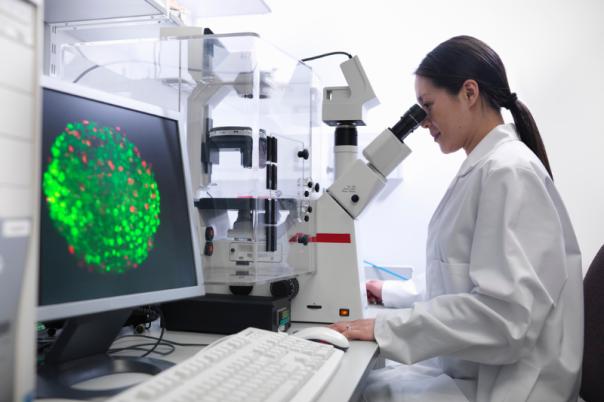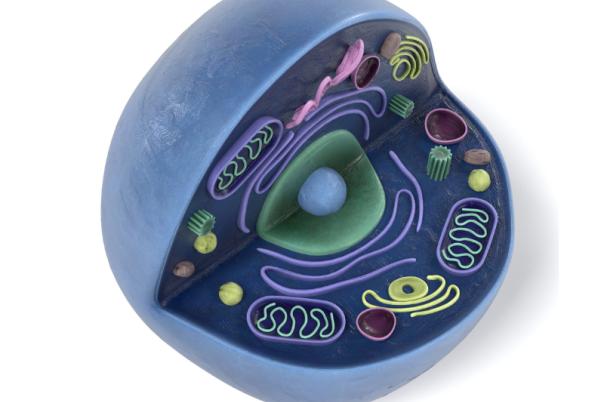Luigi Aloia, Associate Director at AstraZeneca, defined organoids as 3D structures derived from stem cells or differentiated cells that self-organise through cell-to-cell and cell-matrix interactions to recapitulate aspects of the native tissue architecture and function in vitro. Aloia stressed that organoids are not many organs but structures that recapitulate aspects of their native tissue.
He highlighted his team’s recent work in the organoid space and started by examining the relationship between organoids and functional genomics. Functional genomics is the study of how genes and pathways contribute to disease and taking advantage of disease models is a crucial way of uncovering this. Within functional genomics and the wider field of drug discovery selecting the right target is critical; to achieve this goal one must start with an accurate disease model and consider all the different genomic, transcriptomic, and proteomic data. AstraZeneca has several target identification platforms to explore the link between genes and disease and identify potentially relevant targets for diseases of interest.
According to Aloia, the primary reason for drugs failing is efficacy. Project failures are attributed to the fact that targets identified using in vitro studies do not function in vivo. Aloia commented: “So all of this points out the need for better cellular models, recapitulated biology, the disease in order to identify the relevant targets and to start
this very long chain of events, then eventually will lead to successful clinical trials and production of a drug on the shelf.”
The discussion then covered a case study on liver organoids. A team at AstraZeneca performed a study several years ago in which they isolated liver cells that are typically quiescent and slowly proliferative and created organoids from them with the goal of identifying genes that were relevant to liver regeneration and liver disease.
Tet1 is an epigenetic regulator that was found to be significantly upregulated before the cell acquired proliferation with stem cell markers. Studies showed that Tet1 is required for activation and proliferation. Aloia explained: “So if we perturb Tet1 expression by using different approaches, for instance, in siRNA, we significantly reduce our capacity to establish organoids from the liver. So, using a liver system, we identified Tet1 as an important gene in the upregulation or proliferation of a stem cell gene.”
Aloia stressed that this needed to be tested in vivo, so a mouse study was undertaken. “So, starting from organoid experiment then we were able to identify a gene that is important for liver regeneration and potentially important to explore in human chronic liver disease.” Furthermore, organoids can capture phenotypes that cannot be detected in 2D and demonstrate the organoid’s potential to regenerate damaged tissue in animal models and potentially human livers.
Regardless of progress, there are many challenges associated with developing organoids including cost, heterogeneity, and scalability. Aloia proposed that media refinement is a primary way of addressing this challenge, he stated: “We know now that introducing IL-22 will favour the establishment in our culture these paneth cells. These paneth cells are niche cells, they feed directly the intestinal cell.” To enhance scalability and reproducibility he suggested that performing high throughput screening and using advanced well plates is a viable approach.





